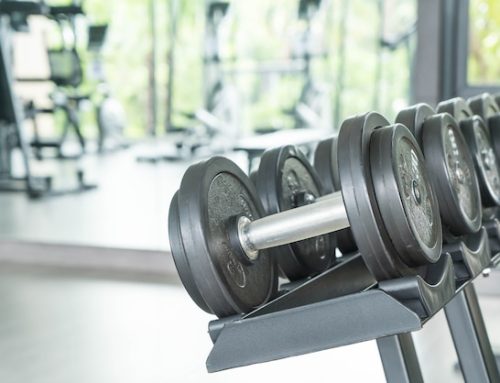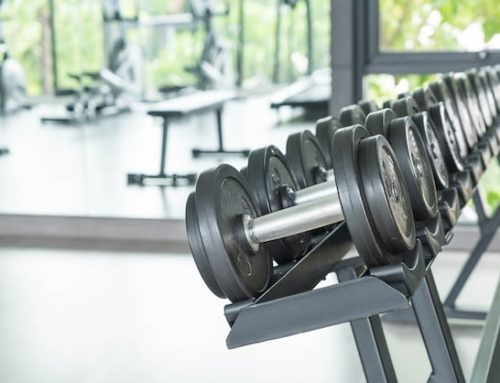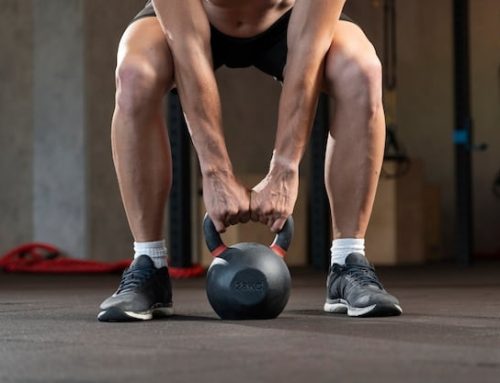Introduction
Weightlifting can surely give you an empowering feeling, but it is also a physically challenging activity. Although strength training has numerous benefits, such as building lean muscle mass and improving overall fitness, overexerting yourself can sabotage your progress. One of the most common issues in weightlifting is sore muscles, which can make you wonder if you should continue working out with them. In this article, we will explore the effects of training with sore muscles and whether you should work out every day with them.
Understanding Sore Muscles
Sore muscles are sometimes an inevitable part of weightlifting. When you lift weights, your muscles undergo micro-tears, which leads to inflammation and soreness. This soreness, also known as delayed-onset muscle soreness (DOMS), typically appears 24-72 hours after your workout. While soreness can be uncomfortable, it is a sign that you have worked hard and put stress on your muscles.
Can I Workout with Sore Muscles?
Yes, you can continue weightlifting with sore muscles, but it is suggested to take a break if your muscles are severely strained or injured. However, it’s important to listen to your body and recognize when it is telling you to slow down. Working out with sore muscles can lead to further damage, prolonging your recovery period. It can also cause fatigue, leading to poor form and an increased risk of injury. Therefore, it is recommended to take a break, allow your muscles to recover, and alternate muscle groups during workouts.
Benefits of Resting Sore Muscles
Allowing your muscles to heal after a workout can help prevent further damage and speed up the recovery process. Resting helps to repair micro-tears, reduce inflammation, and improve muscle strength. Resting also helps improve your performance during future workouts by allowing your muscles to rebuild properly. In addition, rest allows your body to replenish glycogen stores, which serve as a source of fuel for your muscles during exercise.
How Often Should I Workout with Sore Muscles?
The frequency of your workouts depends on your fitness goals, your training program, and your body’s recovery time. While it’s okay to exercise with mild soreness, it’s not recommended to work out every day with sore muscles. It’s essential to take a day or two off between workouts to allow your muscles to recover, rebuild and replenish. For instance, if you worked on your upper body one day, rest it the following day, and work on your lower body instead. This practice will allow your muscles to heal and return stronger in the next workout session.
How to Prevent Soreness?
Preventing soreness is crucial to maintaining a consistent workout routine. Here are some tips to help prevent soreness:
| Tips to Prevent Soreness |
|---|
| 1. Start with light weights and gradually increase the load. |
| 2. Properly warm up before working out. |
| 3. Stretch after a workout for 10-15 minutes. |
| 4. Stay hydrated before, during, and after a workout. |
| 5. Incorporate rest days into your routine to allow your muscles to recover. |
Conclusion
Weightlifting is an excellent way to build strength and improve overall fitness, but it’s essential to listen to your body and recognize when you need to rest. Sore muscles are a part of the weightlifting process, but it’s crucial to let them heal to prevent further damage and improve your performance. While it’s okay to work out with mild soreness, avoid working out every day with sore muscles. By incorporating rest days into your routine and following the tips mentioned above, you’ll be able to prevent soreness and enjoy your workouts.






